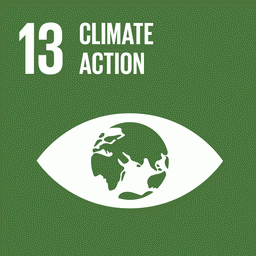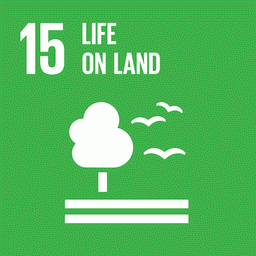A new study released by IPAM (Amazon Environmental Research Institute) shows that the area unlawfully registered as private rural property within Indigenous lands (ILs) in the Amazon rose 55% between 2016 and 2020. The number of Rural Environmental Registries (CAR), self-declared rural property registrations, which are not allowed in these areas, spiked 75% in the same period.
In 2019, deforestation in CAR areas accounted for 41% of all records in this land tenure. Even though this figure dropped to 23% in 2020, it has been rising year after year. “What we see is that land-grabbing – and its consequences – has been making inroads in Indigenous areas in the Amazon,” says researcher Martha Fellows, the study’s main author.
Historically, Indigenous lands have one of the lowest deforestation rates in the Amazon: in 2019, they accounted for 5% of the deforestation recorded in the Amazon, and 3% in 2020. That can be attributed to the way the Indigenous peoples live, preserving the forest.
The study shows that even traditional land clearing fires, used in crops and grasslands, in addition to hunting, only happen occasionally and don’t explain the spike we have seen in the past few years, as well as the presence of savanna vegetation, which spread the fire easily. Between 2016 and 2020, hotspots within illegal CARs skyrocketed 105%; if we leave grabbed lands out, there was a 33% rise in Indigenous lands.
“All of these signs – growing CARs where there shouldn’t be any, deforestation, and wildfires – show that the fundamental rights of Indigenous peoples have been violated and their territories have been invaded,” says Fellows.
Another statistic that points out the invasion of ILs is how concentrated the alerts are: only 3% of the Indigenous lands in the Amazon accounted for 70% of the deforestation recorded in 2020, and 50% of the hotspots. Among them are territories with a high incidence of irregular CARs, such as the IL Ituna/Itatá (94% of the area taken by land-grabbers, fourth most deforested area within Indigenous lands) and Cachoeira Seca (15% occupation, third most deforested).
Mining
IPAM also looked into the impact of illegal mining activities in Indigenous lands. Compared to areas not influenced by mining activities, deforestation was proportionally 2.6 times greater, and wildfires were 2.2 times bigger within their area of influence.
In addition to changing the landscape, invasions to these territories bring violence and illnesses to their populations. “We have to fight vigorously land-grabbing and illegal mining activities in Indigenous lands to comply with the Constitution and keep these people safe and healthy,” says IPAM’s Head of Science, Ane Alencar, who co-authored the study. “In addition to canceling all irregular Rural Environmental Registrations, we have to stop the illegal occupation of these territories.”
Last week, a document released by FAO (Food and Agriculture Organization of the United Nations) showed that recognizing the rights of traditional peoples leads to the conservation of forests in Latin America. “Preserving Indigenous lands is preserving the planet’s climate,” explains Alencar.

